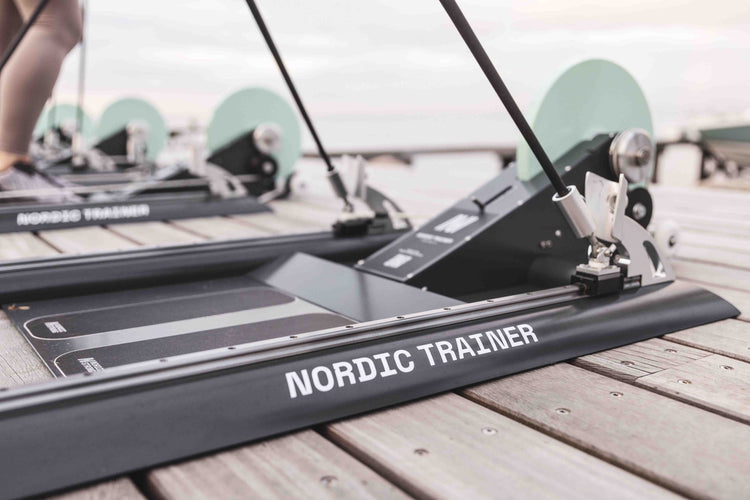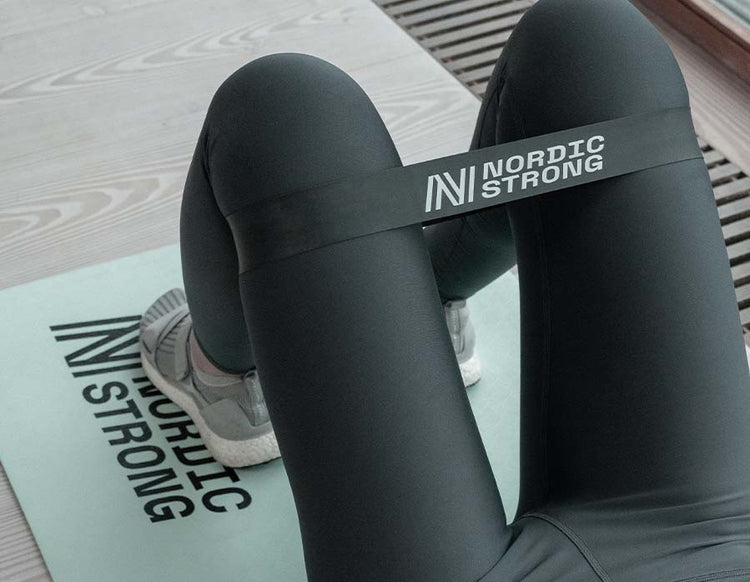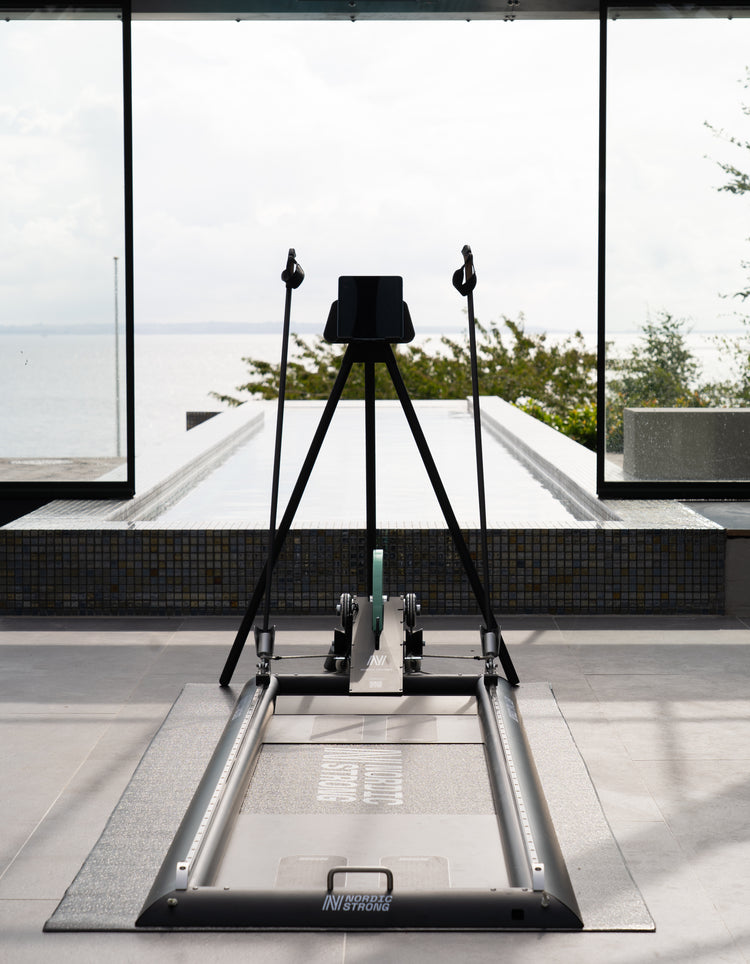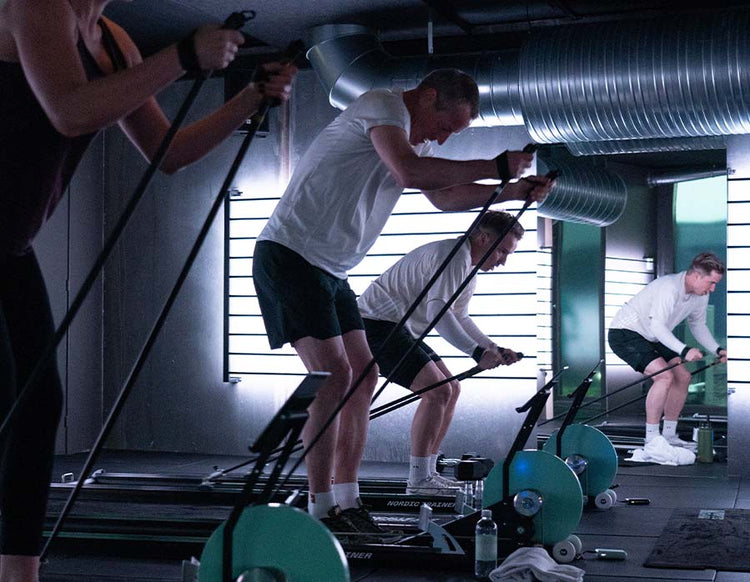Pre-Ski Season Workout
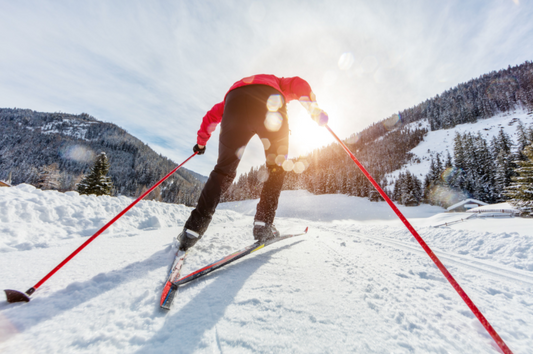
Whether you are a seasoned pro or a first-timer, preparing for your skiing trip will allow you to enjoy your time on the mountain much more. Even though having fun should be at the top of your list, getting fit for the slopes has loads of other benefits.
Benefits Of Getting Fit For Skiing
Being in shape helps you to perform at your best while helping you to avoid injury. The longer you can ski, the more fun you will have on the mountain. Having good stamina will allow you to ski from first lifts to après drinks every day. Therefore, setting yourself a workout to prepare you for the ski season is a great idea. Use your trip as a goal to work towards. The thought of enhanced enjoyment on the slopes will keep you motivated to keep working.
While increasing your stamina is important, working on your skiing muscles is essential too. Building a stronger core and legs will help you get down the mountain safely and in control, even at the end of the day. A stronger body allows you to move efficiently and recover from being thrown off balance in choppy snow.
These benefits will ultimately result in fewer falls and the likelihood of being injured.
What To Focus On For Ski Fitness
The main muscle groups to focus on to avoid injuries are your legs, glutes, and core. But that doesn't mean you should neglect the other body parts.
Lower Body: While skiing, you use your quads, glutes, hamstrings and hips the most. These muscles stabilise and support your knees, so keeping them strong reduces your chances of getting knee injuries.
Core: Good core strength helps your stability, so you can shred the mountain with confidence.
Endurance: More mountain time means more fun.
Ramp Up Your Cardio: Adding cardio into your fitness regime with activities such as running, cycling, or the Nordic Trainer, will get your heart and lungs pumping. Don't forget that the mountains' extra altitude will make your skiing harder work, and you will run out of breath earlier.
Plan Your Workout For This Winter
Here, we will give you some excellent training exercises you can do at home to make your body the best it can be for the winter season.
You should start these exercises six to eight weeks before the winter season starts or before your trip. It will take this long before your body starts to feel the benefits of the work you put in. Ideally, you should do these exercises three times a week.
In addition to these exercises, you should build up your overall fitness by getting your heart rate up with some cardio. Choose a cardio activity you enjoy, and do it for thirty minutes, three times a week.
REMEMBER: If you start to feel pain, ease off on the exercise, or skip it altogether. You should also work at your own pace. Increase your sets or add more resistance as you improve to ensure you keep progressing.
It is essential that you warm up before you start training. For example, you can do this by jogging or using your NordicTrainer on a low resistance setting.
Leg Exercises
Walking Lunges with Rotation
The great thing about walking lunges is that they work your glutes, quads and hamstrings. But adding the rotation to the movement builds your core.
- Stand with your feet slightly apart and step forward with your left foot. Your right knee should drop to the floor as your right leg goes 90 degrees to the ground.
- As you lunge forward, rotate your torso to the left. Your arms should be at chest height and elevated from your sides.
- Lift yourself up to standing so you can lunge forwards with your right leg. Now your right leg will be out in front while your left knee is close to the ground behind you.
- Repeat the lunges until you have done ten on each leg.
Squats
Squats are excellent exercises for maintaining your stance on your skis. A squat position works your quad muscles, glutes and hamstrings. Remember, strong leg muscles will allow you to absorb those bumps and ski for longer.
- Stand with your feet shoulder-width apart, pointing forwards
- Lower into the squat as if you are going to sit in a chair with your back straight
- Hold for three seconds (avoid arching your back)
- Slowly raise for a count of three
Increase the time you hold the position until you can hold the squat for 1 minute.
As you progress, you can increase the difficulty by doing the squat on one leg. Single leg squats are more challenging, as they test your balance throughout the movement while working one leg at a time.
Lateral Ski Jumps
Another great leg workout, but this one adds explosive movement into your workout. Springing from side to side prepares your legs for the dynamic movement needed for skiing all day.
- Stand with your feet in line with your hips and your knees slightly bent.
- Put your weight on one leg before you jump to the side, landing on the other foot. Make your landing soft by bending your knee to absorb the impact.
- Once you have landed, jump to the other side, landing on the other foot.
- Maintain your balance by swinging your hands sideways across your body like a speed skater.
- Repeat until you have done 15 reps on each side.
If you find lateral ski jumps too challenging, make smaller jumps. Also, do them more slowly or touch your trailing toe on the ground rather than doing a full jump. You will still achieve a great leg workout, as you transfer your weight from side to side.
Reverse Lunges With Balance
A variation of the lunge is a great way to build your leg muscles. But adding the balance into the move improves your stability while skiing. The balance part of the move may be tricky to start with, but stick with it; you will soon begin to see progress.
- With your feet shoulder-width apart, step backwards with your right foot until your left knee is at 90 degrees and your right knee is close to the ground.
- Drive up with your left leg to a single leg standing position and pivot forwards at the hip with your other leg at 90 degrees behind you (your body should be forming a T shape).
- Hold the pose for a couple of seconds.
- Repeat until you have done it 10 times on each side.
Doing this three times adds a more dynamic element to your training. Do the exercise three times each time you workout.
Core Exercises
Plank Variations
The plank is challenging, but it is a simple bodyweight exercise that is great for building your core. Holding a plank position also puts your upper body to work. During a plank, your biceps, triceps and shoulders are engaged, as are your glutes.
- Place your hands directly on the slightly wider than your shoulders, like you are about to do a push-up.
- Put your toes firmly into the floor while squeezing your glutes to stabilise your body. You will start to feel your legs working too.
- Ensure your neck and spine are in a neutral position. To do this, focus your gaze on a spot on the floor in front of your hands. Ensure your head is in line with your back.
- Hold the plank position for 20 seconds, and do it 3 times with a short rest between sets. As your core gets stronger, increase the time by 10 seconds each time you work out.
To vary the plank, try the position while resting on your forearms rather than your hands. Transform the exercise into a single leg plank by lifting each foot of the ground in turn, keeping your leg straight. Single leg planks increase the intensity of the position to give you a strong core. Ensure you keep your torso in line and not lower your hips or raise your bum into the air. Doing plank variations 3 times a week will significantly improve your core strength.
The Bridge Pose
The bridge pose stretches the spine, the back of your neck, thighs, and hip flexors. It is also a great exercise to add strength to your core.
- Lie on your back and bend your knees to put your feet flat on the floor. Place your palms on the ground with your hands by your sides.
- Press your feet and forearms down into the floor to lift your hips toward the ceiling.
- Roll your shoulders back and while straightening your arms and pressing your forearms into the mat.
- Keep your thighs and feet in line with each other, and hold the bridge for 60 seconds.
To make the pose more challenging by turning it into a single leg bridge. Extend one leg to the ceiling, keeping it in line with your body, and repeat on the other side.
Mountain Climbers
Mountain climbers really work your core while burning off calories, so you won't feel guilty about the cheesy meals you will consume on your ski trip.
- Get into a plank with your arms straight and in line with your shoulders. Ensure your weight is distributed evenly through your hands and toes.
- Engage your abs and keep your head neutral to your back.
- Bring your left knee to your chest as close as you can.
- Quickly switch legs, so your right knee is close to your chest, and your left leg is behind you.
- Switch your knees as fast as you can for 20 seconds, and repeat 3 times.
As you progress, extend the time for each set. You can also vary the exercise by bringing your knee towards the opposite shoulder.
V Sit-Ups
The V-sit ab exercise builds core by working several areas of your core at the same time while also improving your balance. You will feel the burn in your abs and obliques, but this is how you know it is working.
- Lie on your back and squeeze your ab muscles and core slowly. Then lift your legs to a 45-degree angle with your body, keeping them straight.
- Reach your arms straight forward without rounding your shoulders until you are in a V-shape
- Hold the V-shape for a few seconds before lowering back down to your starting position.
- Just before your arms and legs reach the floor, stop and hold for a few seconds.
- Repeat the movement several times.
Make sure you get the form right on this one before trying to do lots of reps. Set a timer and do the exercise for 30 seconds three times until you feel you can push it further.
Upper Body Exercises
Often, the upper body gets neglected when a skier is putting together a training plan. But, skiers use their arms to push themselves along more than they realise. Also, it is a good idea to even out your body to keep it in proportion.
Push-Ups
Push-ups are great for helping you get fit for skiing. They help you strengthen your arms and shoulders, but they also help you tone your core and legs simultaneously.
- Kneel on an exercise mat or the floor and place your legs together behind you.
- Get into a high plank with your palms flat on the floor, shoulder-width apart. Your shoulders need to be positioned over your hands.
- Slowly lower to the floor while keeping your torso rigid, your elbows by your side, and your head aligned with your back. Don't let your lower back drop or your hips point upwards.
- Keep lowering yourself until your chest or chin touch the ground.
- Push yourself back up until your arms are fully extended, and you are back in the plank position.
- Repeat 10 times, or however many you can do with proper form.
You can vary your push-ups by bringing your hands closer together to focus on your triceps.
Tricep Dips
Tricep dips build strength in your triceps and shoulders. Having strength in these areas is great for pushing yourself along and getting back on your skis after a fall.
- Get a chair or sit on the edge of a step. Grip the edge next to your hips while extending your legs. Place your feet hip-width apart with your heels touching the ground.
- Slide forward far enough for your bum to clear the edge of the chair or step.
- Lower yourself down until your elbows are bent between 45 and 90 degrees.
- Push yourself back up to the start position with a controlled motion and repeat.
- Do 3 sets of 10 reps to start with, but you can increase the reps and sets as you get stronger.
To make the exercise easier, bring your heels closer to your chair or step.
Full Body Exercises
Burpees
The word "burpee" sends shivers down the spine of anyone that has had them incorporated into their workout. However, burpees are excellent for building fitness. They get the heart rate up while working your upper body, lower body and core.
- Start in a standing position with your knees slightly bent, and bend at the waist.
- Place your hands on the floor in front of you while kicking your feet out behind you.
- Lower your chest to the floor, then push up, keeping your lower back straight.
- Jump forwards, so your knees are close to your chest
- Stand up straight
- Jump
- Repeat
See how many you can do in 30 seconds with proper form. When you feel ready, increase the time.

NordicTrainer
A NordicTrainer is an ideal solution for getting a full-body workout. By mimicking the action of skiing, the NordicTrainer builds the muscles you use the most on the slopes. You will get stronger muscles, but you will also develop muscle memory, so your movements will be instinctive.
While you are getting stronger, the NordicTrainer also improves your endurance so you can enjoy the mountain all day. The nature of the NordicTrainer also allows you to vary your workout. You can choose how intense your workout is or focus on specific body parts.
Start off with 20 minutes on the NordicTrainer three days per week, and build up from there. Within a few weeks, your overall fitness will have improved immensely.
When it comes to training yourself for winter, you need to work hard enough to make progress, but not so much you risk injury. If you are already physically fit, go hard; if not, take it easy and build up gradually. As you get closer to your skiing trip, you should taper your training. Start to ease off a week before you travel while still doing gentle exercise. Your muscles will be active but not too tired for skiing.
Always warm up before your training session or hitting the pistes. Also, remember to cool down afterwards so you don't suffer from muscle soreness or stiffness.
